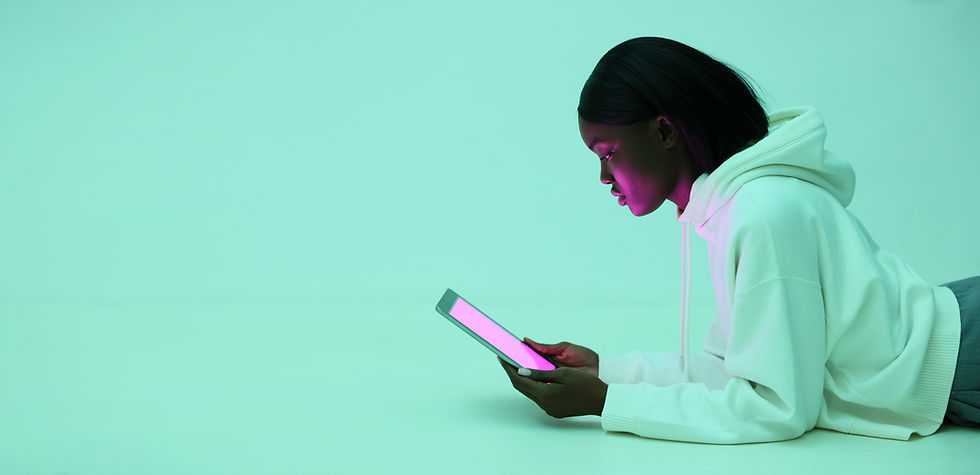Encouraging In-store Impulse Buying Behaviour
- Sreeram Sivaramakrishnan

- Jul 17, 2021
- 3 min read

When you are in a supermarket, have you ever wondered why chocolates are always kept at eye level or why there are products near the checkout counter? Much science (and sometimes plain trial and error) goes into the placement of these products, many of whom fall in impulse categories. In a retail setting, products (and services) in impulse categories witness impulse purchasing or unplanned purchasing.
The phenomenon of impulse purchase contributes significantly to retailer sales and profits across the world. The shopping basket, thus, gets filled with what a shopper may not have bought upon careful reflection or wasn’t part of a list while entering the store. What prompts impulse purchase is a very heavily researched area in marketing.
Research has established that purchase behaviour is typically associated with emotions, feelings, and mood. A study conducted in Delhi, Mumbai, and Raipur investigated the influence of regulatory focus (promotion vs prevention), mood, and shopping value on impulse buying behaviour. This study gives retailers and channel managers insights into how customer experience can be modified to encourage impulse purchases.
Regulatory focus is an important theory that seeks to explain several aspects of human behaviour. Promotion focus refers to a mindset of seeking gains, while prevention focus refers to a mentality of minimising losses. These are usually states and can be triggered by priming.
When applied to shopping, customers with promotion focus would seek to maximise their gains, while customers with prevention focus would seek to reduce the negative outcomes. For instance, a customer who likes getting free samples while shopping can be said to have a promotion focus. A customer with a prevention focus would want preferred products to be easily accessible.
Regulatory focus goes hand in hand with the concept of shopping value or goal of shopping. Shopping value can be hedonic, implying joy, pleasure, fun, enjoyment, etc. derived from shopping. Think of customers who window shop, try out products, and spend time checking out promotions. Or it can be utilitarian, that is, rational, value-based, problem-solving oriented, revolving around saving money and ease of purchasing. Think of the customer who comes to the outlet with a list, compares items to decide the best value for money, and avoids casual browsing.
The study found that the regulatory focus of customers is related to mood clarity; that is, both promotion focus and prevention focus are related to a person’s ability to recognise and distinguish their different moods. It also found that promotion focus is related to hedonic shopping value and impulse buying tendencies of customers. Therefore, customers with a promotion focus are most likely to indulge in impulse purchases, especially to lift their mood or keep their good mood. In other words, they might indulge in “retail therapy” via impulse purchase of goods and services. Prevention focus is linked to utilitarian shopping value, and therefore, not as conducive to impulse buying as promotion focus.
Interestingly, mood regulation is a relatively stable individual trait, which can be harnessed by retailers to encourage impulse shopping. Since mood regulation has a strong linkage with the shopping environment and experience, offline retailers can utilise its findings to decide how they build customer experience at their outlets. To encourage promotion-focused customers to impulse buy, they can create a rich experience by building an exploratory or fun environment. This can be achieved through active interaction, customisation opportunities, non-standard layouts, better trial facilities, experiential displays, etc.
For prevention-focused customers, offline retailers can enhance the experience by reducing possible negativities. This can be done through more convenient product locations, clearer in-store communication, membership card points, gifts, special discounts, etc.
Understanding how both these types of customers purchase and creating an environment that incorporates both their needs will allow retailers to maximise impulse buying of a larger pool of customers.



Comments